7. Quaalude Overdose (The Wolf of Wall Street)
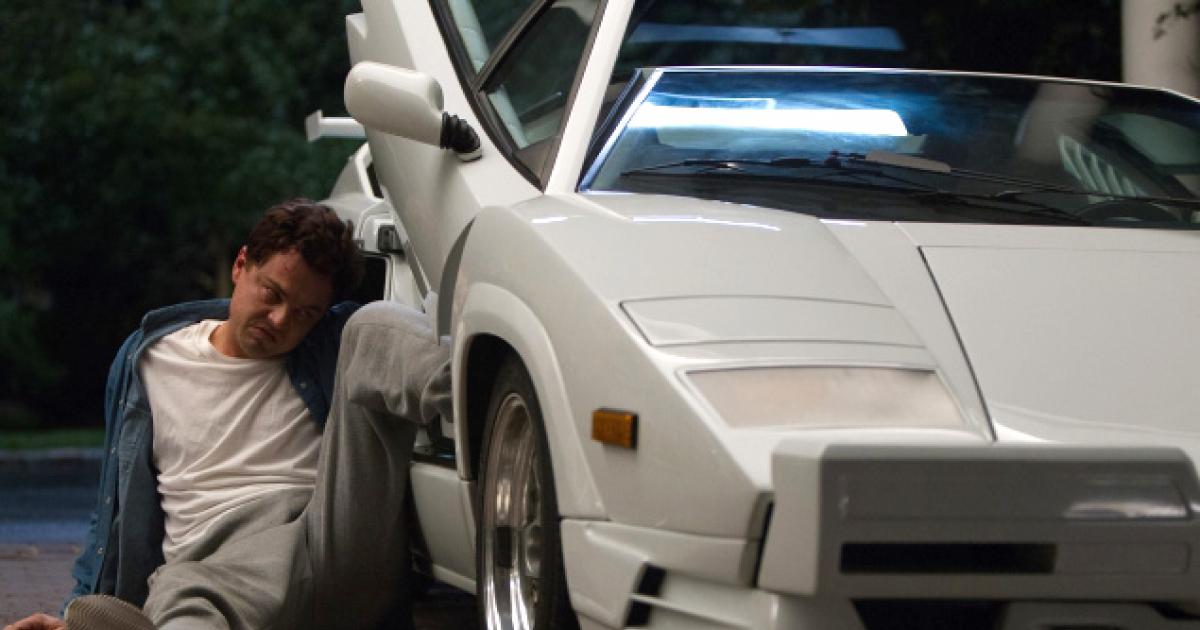
In a film with an obscene amount of drug and alcohol consumption, nothing can match the hilarious moment in which Leonardo DiCaprio’s Jordan Belfort consumes a large amount of Quaaludes, sleeping tablets that were discontinued after it was discovered that they were being used as a way to get high. These Quaaludes in particular had been kept in storage for several years and developed a delayed fuse as a result.
Scorsese uses his directorial prowess to transport the viwer into Belfort’s intoxicated mind. It depicts to stockbroker rapidly losing control of his body and is left helpless on the floor of his country club.
DiCaprio’s physical acting may be the highlight of the scene as he slowly crawls his way to the car, drools uncontrollably and stares in disbelief as the world around him seems to become illogical without thoroughly grasping that it’s all within his own mind. Right down to the moment in which he is slowly raised up by his foot as it is trapped in the handle of his car door, it’s almost impossible not to laugh.
Scorsese’s directorial touches only serve the make the scene even funnier. As the phone seems to move away from Belfort and the stairs multiply in number the hallucinations become real obstacles to overcome. Belfort may be moving at a snail’s pace, but Scorsese made this scene pulsate with pure energy.
6. Could Have Been a Contender (Raging Bull)
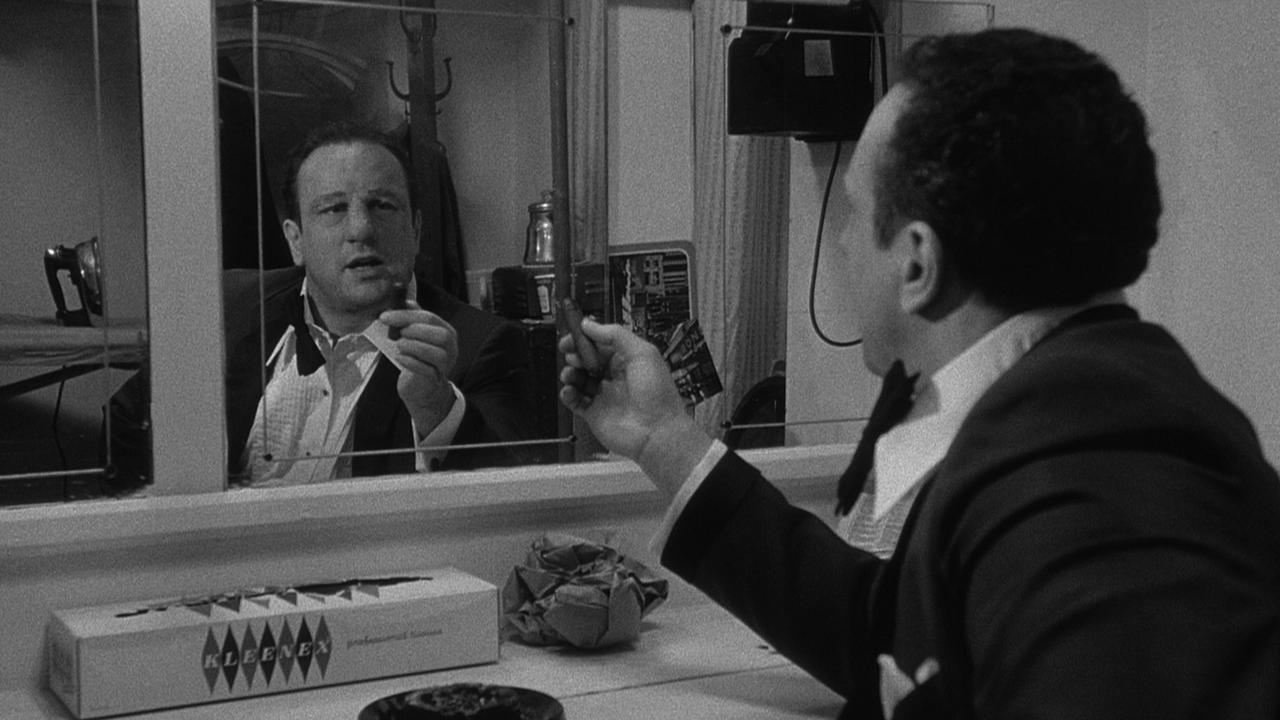
As Roger Ebert, expertly said about this scene “It’s not De Niro doing Brando, as is often mistakenly said, but De Niro doing LaMotta doing Brando doing Terry Malloy. De Niro could do a better Brando imitation, but what would be the point?”
Why precisiely LaMotta is quoting Brando is uncertain, is he comparing himself to the tragic story, does he think that, like Malloy, he has emerged from an ordeal and is able to see his past mistakes? If he does then Scorsese is sure to point out that he is still as blind as ever as he feels the need to shadow box and psyche himself up to prepare for his stand-up routine. He still holds the same uncontrollable aggression and unrestrained energy that ruined his life.
It’s a harrowing thought with which to end as it’s become increasingly clear that LaMotta is as wrapped up in denial and paranoia as he always was, blaming his brother for his misfortune, lamenting on his lost opportunities as a boxer. But the moment is interrupted as in a rare cameo the director himself informs Jake that the stage is ready for him and promptly closes the picture.
5. Rupert Pupkin’s Routine (The King of Comedy)
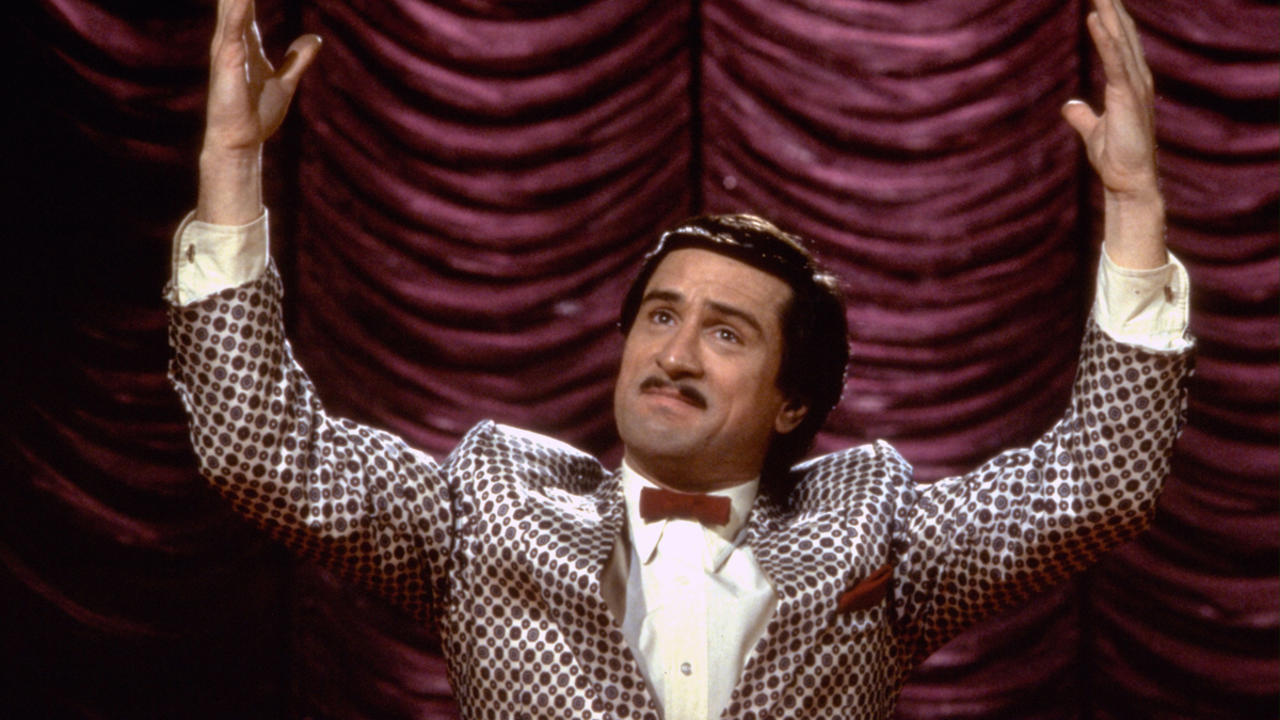
This may be the most subtly disturbing collaboration between Scorsese and De Niro. There’s a certain ambiguity to the scene as to whether or not this is real or just another of Pipkin’s derranged fantasies. Here he walks into a bar and finds himself on television, being introduced and brought on stage from which he can perform his stand-up routine.
The whole film is about a man’s bid for recognition and he goes to ludicrous lengths to achieve it. There’s no denying that Pipkin’s routine is fairly terrible. It’s sad and painful to watch, to see that the culmination of his hopes and dreams, the conviction that he was destined to be admired as a celebrity was all based around this weak routine.
But the audience seem to like it, and when he reveals the truth about why he is able to appear on the show and why he’s there performing, only for the audience to take it as another joke. The reason is because you would, no sane person would believe this whole tragic, desperately sad, horrifically awkward story. But it really happened, and that’s the most hilarious thing in the entire film.
4. A Funny Guy (Goodfellas)

Sometimes it’s worth letting a moment play out, to catch a viewer by surprise and hold them in momentary suspense. When Henry Hill makes an offhanded comment about Tommy being “a funny guy” he is met with an intent glare and severe questioning from the gangster and what follows is a minute of sheer suspense as the temperamental wildcard that is Tommy becomes an unpredictable force that could erupt at any moment.
When the moment passes it remains hilarious yet still slightly edgy and suspenseful. In an instant the threatening persona of Tommy came to dominate to scene, thanks in no small part to the sheer conviction with which Joe Pesci recites his lines. But also notice how in this moment Scorsese drowns out all background noise to focus solely on the conversation as it unfolds, because we wouldn’t want to miss a second of it.
3. Never Got Me Down (Raging Bull)
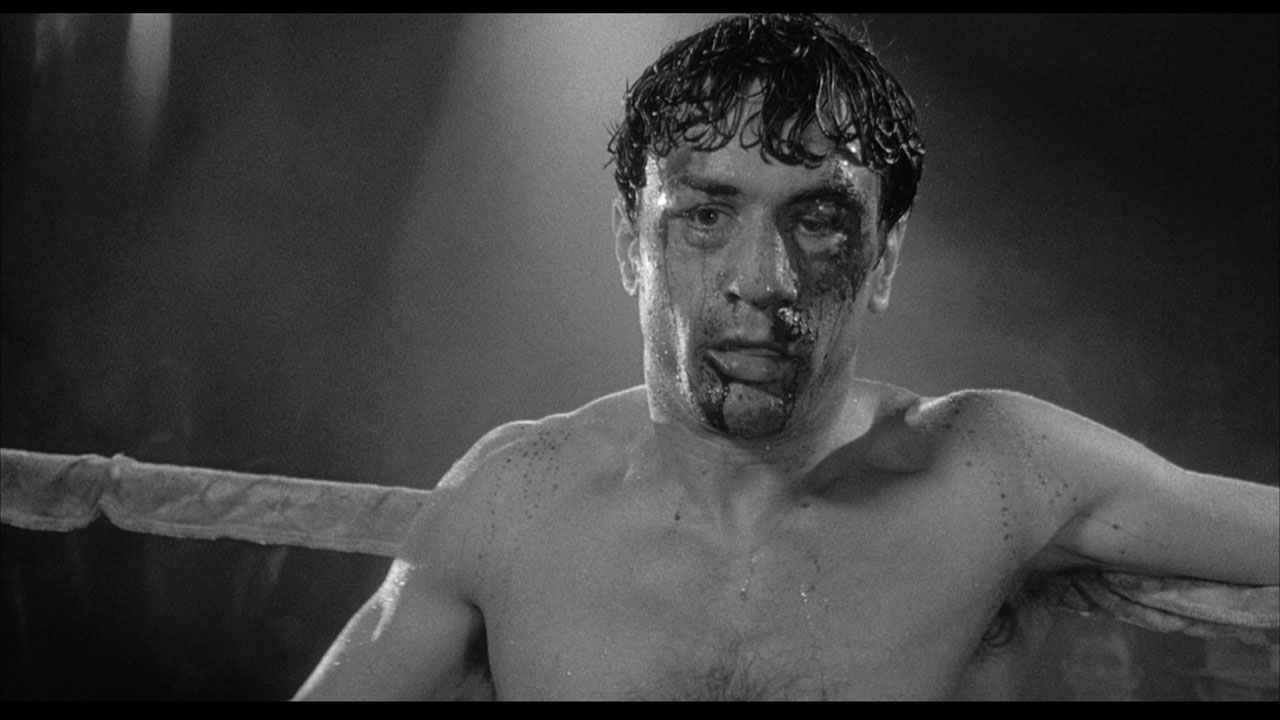
For his own boxing movie Scorsese wanted to create fight scenes that were more expressionistic than objective and nowhere is that more obvious than this scenario in which Jake LaMotta allows himself to be pounded to a bloody pulp. By placing his camera within the ring Scorsese created a more intimate and personal view of the fights and was able to capture the utter brutality of the violence as it unfolded.
The self-loathing of LaMotta is once again evident here as he chooses this fight to act as a sacrificial moment in which he throws the title bout but also subjects himself to immense physical pain. It acts as recompense and punishment for his own sins against his loved ones. But ultimately he takes pride in never falling down or succumbing to his beating. For him that in itself is a victory, and because we as an audience understand his character so well it makes perfect sense.
2. The Copacabana (Goodfellas)
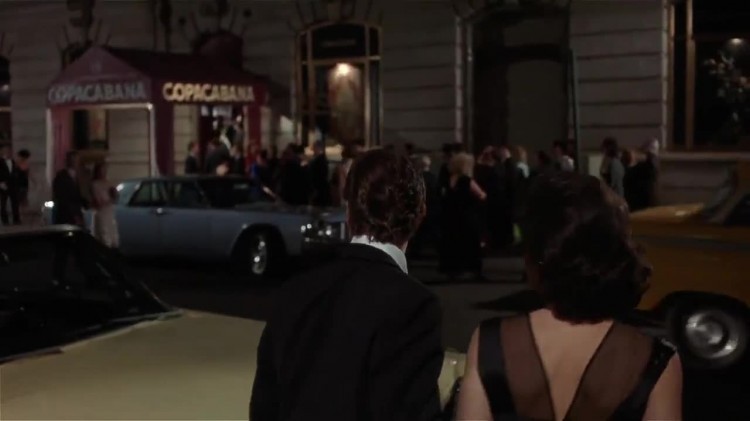
With one shot Scorsese seeks to answer the question of why anyone would be attracted to organised crime. As Henry Hill enters the Copacabana, handing out hefty tips to everyone he passes, winding his way through the orifices of the club before arriving at an especially reserved seat crime has never looked more seductive. After all this is the story of a man who always wanted to be a gangster and after witnessing this shot, it’s hard to deny that part of you sympathises with that desire.
For Henry his life is smooth, easy and flowing. It’s a showcase to be admired and it separates him from the schnooks waiting in line. What’s especially remarkable is that the shot actually came about by accident when the director was denied permission to use the front entrance of the restaurant.
But the result was three minutes of the purest possible storytelling. By the time we reach the table we, like Karen as she has been sheparded through the corridors, have been seduced by both Henry and the gangster lifestyle. We liked going in that way, it was most definitely better than waiting in line.
1. You Talkin’ to Me (Taxi Driver)
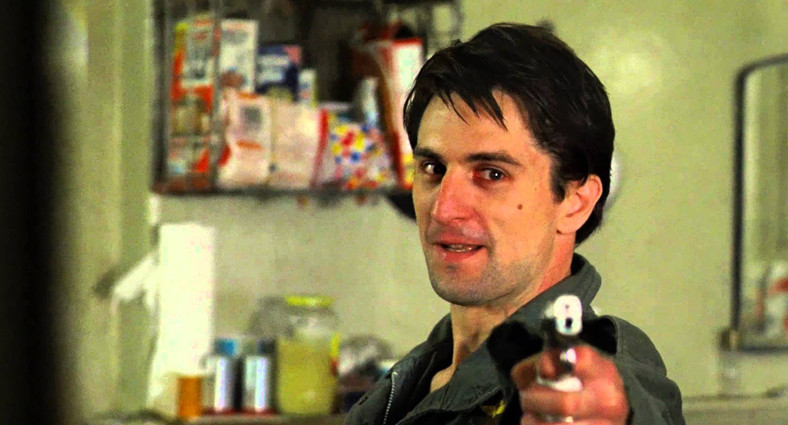
In a moment of self-reflection Travis Bickle stares at his apartment mirror and gets drawn into a confrontation with his own reflection. During this conversation he utters “You talkin’ to me? You talkin’ to me? You talkin’ to me? Then who the hell else are you talkin’ to? You talkin’ to me? Well I’m the only one here.”
The line has well and truly entered the pop culture zeitgeist. It stands as one of the most imitated, referenced and parodied movie quotes of all time. Anyone who hasn’t at some point in their life walked up to a mirror, stared at their reflection and quoted the line is simply lying. Even if you’ve never seen Taxi Driver, chances are you will know this line.
It’s the truest and most painfully humane moment in the entire movie and within one phrase Scorsese, Schrader and De Niro summed up the character of Travis perfectly. He is desperate to make some kind of human connection, to try and break free of the crippling isolation that haunts him.
In many ways the entire movie is just his various attempts to make that connection. He takes his date to a porn film, attaches himself to a political cause, tries to assassinate a politician and rescues an underage prostitute while massacring a brothel.
But all of these efforts revierbitae around the echo chamber that is Travis’ existence. Ultimately he ends up alone and isolated, because as he himself says, “I’m the only one here.”
Author Bio: Joshua Price considers himself more of a fan that happens to write near insane ramblings on movies and directors like Scorsese, Spielberg, Bergman, Kubrick and Lumet rather than an actual critic and other insane ramblings can be found criticalfilmsuk.blogspot.co.uk.